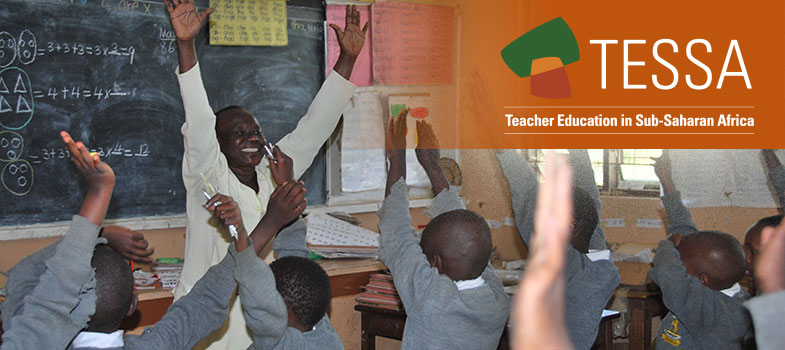3. Learning to respect differences
It is very important that as your pupils grow up, you help them learn to respect people’s different opinions and beliefs. Stories are a good way of introducing ideas about cultural interactions and good and bad behaviour. Stories can help pupils understand the principles behind different kinds of behaviour.
To use stories well, you should include characters who behave in different ways. A lot of discussion can come from a well-chosen story, but you also need to think about questions you can ask.
The same is also true of role plays. By inventing characters and acting as them, pupils can explore the kinds of cultural conflicts that might occur in real life, but without suffering any of the consequences. Stories and role plays can help your pupils develop their understanding of difference in a non-threatening way. Resource 5: Intercultural communities will help you develop these ideas with your pupils.
Case Study 3: Using storytelling to explore community conflicts
Mr Cole decided to teach his class about the importance of people respecting different members of the community and the roles they play, and the dangers that come from conflict. He used the story of the fight among different ethnic groups in Thokoza township east of Johannesburg to discuss these issues. See Resource 6: Conflict in the community for a copy of this story.
Before he told the story, Mr Cole asked his pupils to listen carefully and try to identify the original reason for the conflict. After hearing the story, they shared their ideas and he listed these on the board.
Next, he asked them, in groups, to describe to each other how the events had developed stage-by-stage. After ten minutes, they talked as a class and compiled the different stages on the board.
Mr Cole then asked them to discuss how they would have stopped the trouble by looking at each of the different stages and describing how they could have controlled each one.
Finally, he asked them to list the ways in which the three different groups contributed to the community and also interacted with each other positively. This helped them understand how each group was important and couldn’t operate without the help of the other groups.
The pupils found this lesson interesting, and Mr Cole saw how they began to treat the issues seriously.
In the next lesson, the pupils worked in groups again to think of any areas of conflict in their own community and some possible solutions. They used the problem-solving skills they had developed when working on the story.
Key Activity: Role play on community interaction
Organise your class into three groups: each will represent one of the communities from the story in Resource 6. Tell them that they will be acting out the conflict and then negotiating the peace, so they need to think through how they will do this. They will need to think about their community’s concerns, and how to present these in their role play.
After 15 minutes of preparation, ask a group of six (two people from each ‘community’) to enact the conflict, as they see it, in front of the class.
Next, ask them to sit down and negotiate the peace while the class watches. Tell them to listen carefully to each other’s points, and address these points in any agreement.
With the whole class, identify and discuss:
- the different concerns that each community had;
- the different solutions that were reached.
Ask them to identify the ideas they could use in everyday life. Which do you think were the best ideas?
Finally, ask them to write the story in their own words and add how the situation was resolved.
2. Using role play to explore community relationships



